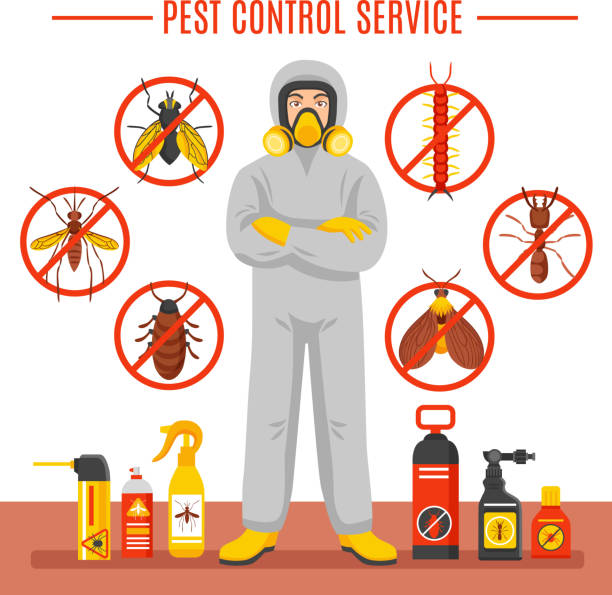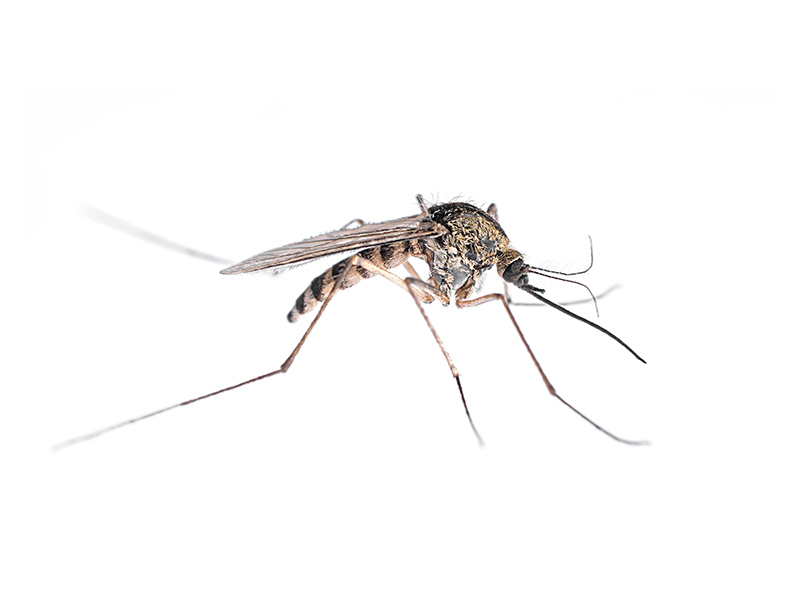Eliminate pests with the best Pest Control on the market.
Eco-Friendly Insect Control Approaches for Handling Wildlife in Urban Locations
Urban areas often discover themselves at the crossway of human activity and wild animals, leading to distinct obstacles in pest management. Green methods highlight lasting conjunction, using techniques such as environment alteration and all-natural repellents to reduce human-wildlife disputes. These methods not just shield the atmosphere however likewise enhance area involvement in wild animals administration. As city populaces proceed to expand, understanding the characteristics of wildlife interactions ends up being progressively crucial. What innovative methods can be implemented to ensure both eco-friendly equilibrium and metropolitan security? Exploring this question exposes a compelling landscape of potential solutions.
Recognizing Urban Wild Animals Dynamics
Understanding Urban Wild animals Dynamics is essential for creating reliable and green bug control techniques. Urban locations are progressively becoming habitats for various wild animals species, driven by variables such as habitat fragmentation, food schedule, and human infringement. Recognizing these characteristics permits a nuanced strategy to pest administration that straightens with environmental concepts.
Urban wild animals frequently includes types such as raccoons, squirrels, and birds, which adjust to city settings, locating particular niches in eco-friendly rooms, parks, and even houses. Their visibility can lead to disputes with humans, especially when they manipulate human sources for food and shelter. Understanding the habits and eco-friendly roles of these types educates methods that reduce unfavorable communications while promoting biodiversity.
Additionally, recognizing the interdependencies within city ecosystems helps in determining essential areas for habitat preservation and reconstruction. This understanding adds to the development of integrated insect administration (IPM) strategies that think about the ecological balance, thus minimizing dependence on unsafe chemicals. By cultivating coexistence in between people and city wildlife, cities can develop healthier environments that profit both citizens and local ecosystems, paving the means for lasting metropolitan living.
Natural Repellents and Deterrents
Natural repellents and deterrents supply a lasting option to conventional pest control methods by taking advantage of the power of nature to maintain undesirable types away. These eco-friendly solutions normally make use of plant-based components, crucial oils, and other naturally occurring substances that hinder parasites without damaging the setting.
One efficient all-natural repellent is peppermint oil, which is known to fend off rats and insects. Its strong scent is undesirable to several pests, making it a popular option for city setups. Likewise, vinegar and citrus peels can work as deterrents, as their strong smells are generally uninviting to numerous wildlife.
Furthermore, diatomaceous earth is a natural powder that can be spread out in areas vulnerable to insect task, successfully dehydrating and hindering insects without posing threats to non-target species. Additionally, garlic sprays and neem oil are recognized for their capacity to push back a variety of bugs, consisting of both bugs and larger wildlife.
Applying these natural repellents not just reduces reliance on chemical pesticides but likewise advertises a healthier metropolitan community, cultivating a much more well balanced coexistence between people and wildlife. By utilizing these techniques, metropolitan areas can efficiently handle pest populaces while lessening ecological effect.
Environment Alteration Techniques
Effective habitat alteration techniques play an important duty in sustainable bug monitoring by altering the atmosphere to make it much less conducive to pest infestations. By understanding the eco-friendly dynamics of urban areas, homeowner can implement strategic adjustments that hinder insects while promoting biodiversity.
(Termite Control)One primary technique entails keeping proper sanitation. This includes regular waste removal, securing garbage bins, and eliminating standing water to lower breeding websites for bugs and rodents. Additionally, landscape design methods such as selecting indigenous plants can boost ecological balance, providing habitats for advantageous organisms while lessening resources for parasites.
An additional vital technique is to seal entrance points in buildings. Examining and repairing splits in foundations, wall surfaces, and home windows can considerably reduce parasite gain access to. In addition, producing physical obstacles, such as fences or plant buffers, can inhibit wild animals motion into human-inhabited locations.
Integrated Parasite Administration Practices
Building upon habitat adjustment techniques, incorporated parasite management (IPM) practices use an all natural approach to managing pest populations while minimizing environmental effect. IPM incorporates different methods, including biological, cultural, mechanical, and chemical controls, to achieve effective insect monitoring.
Biological control entails the intro of natural predators or parasites to lower parasite populaces. Cultural practices, such as crop i was reading this rotation and hygiene, interfere with pest life process and reduce their environments - Pest control service. Mechanical controls, like catches and obstacles, provide instant relief from bug stress without chemical intervention
Chemical controls are used as a last hope, concentrating on targeted applications that limit harm to non-target species and the setting. The selection of eco-friendly chemicals, when required, is indispensable to the IPM framework. Furthermore, keeping track of pest populaces and assessing possible damage helps educate decision-making, guaranteeing that treatments are timely and reliable.
Neighborhood Participation and Education

(Spider Control)Workshops and informative sessions can gear up homeowners with understanding about indigenous species, environment conservation, and reliable safe parasite monitoring strategies. Partnership with schools, neighborhood organizations, and government companies better boosts academic outreach, making sure that necessary details reaches varied audiences.
Moreover, community-led campaigns, such as community clean-up days and habitat repair jobs, not only advertise biodiversity but likewise strengthen neighborhood connections. Pest control service. By urging citizens to share their experiences and monitorings, communities can establish targeted techniques that deal with certain regional bug concerns
Integrating comments from locals into pest monitoring intends makes it possible for an extra responsive and adaptive strategy to wildlife challenges. Ultimately, educated and involved areas are essential to attaining long-term success in environment-friendly parasite control, resulting in much healthier metropolitan atmospheres that appreciate both human and eco-friendly demands.

Final Thought
In final thought, green insect control comes close to deal sustainable solutions for managing urban wildlife. By prioritizing environment adjustment, utilizing all-natural repellents, and executing integrated bug management methods, communities can cultivate a harmonious coexistence with regional animals.